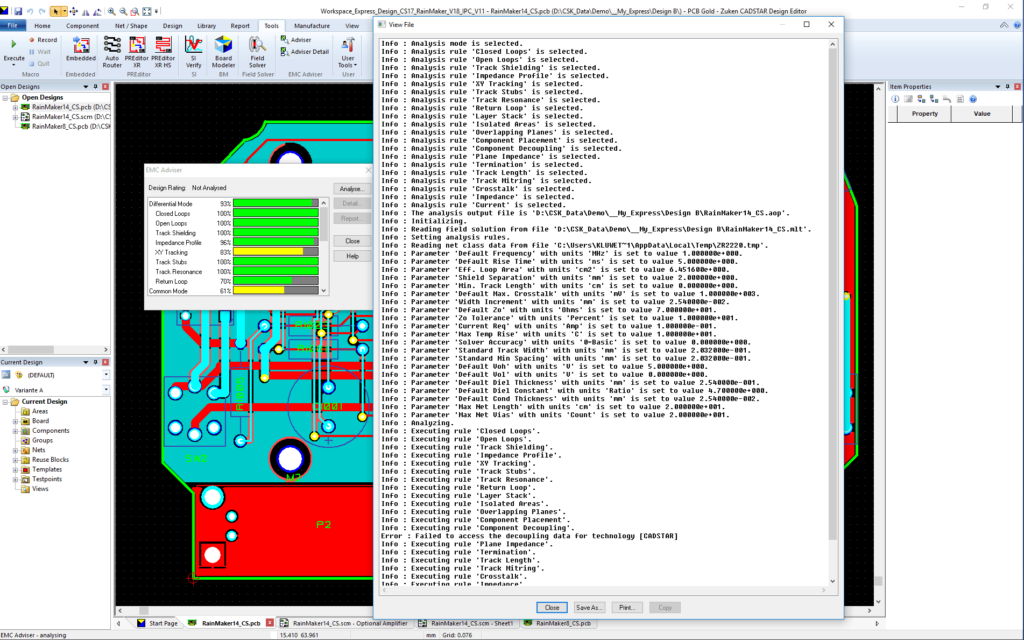As the density of electronic components on PCBs increases, the routing becomes narrower and the signal frequency becomes higher and higher, EMC and EMI problems are inevitably introduced. The level of electromagnetic compatibility of PCB Board has become an important indicator for measuring the quality of electronic products and systems. Because electromagnetic compatibility indicators do not meet the requirements, it will either affect the stable operation of products, or worse lead to system collapse, as a result of that, Designing PCB Board Electronic Magnetic Capatibility has become an critical step in the electronic product design;

Moreover, the miniaturization of electronic products, high integration, especially high-speed and high-frequency design, make the electromagnetic compatibility pcb board designing become more and more important. The electromagnetic compatibility design of the Printed circuit board is not limited to the selection of components. It involves many aspects and fields. It can be said that the electromagnetic compatibility design of the printed circuit board is a relatively complicated system engineering, which should run through the whole process of PCB Reverse engineering or designing;
Specifically, in the initial stage of PCB design, the Electronic Magnetic Capatibility design of the board is performed by selecting the appropriate device type, stack structure, layout circuitry rules, and filter design through reasonable layout and wiring (including key signal lines and their terminals). For the system, it should be considered from the electrical characteristics, application environment, interconnection mode and its system structure and thermal design of each subsystem. The main means include filtering, shielding, grounding, etc.
In the process of product commissioning verification, Electronic Magnetic Capatibility testing of PCB Board should be carried out through various instruments and equipment, starting with Electronic Magnetic Capatibility three elements (radiation source, coupling path, sensitive equipment), so as to achieve the purpose of early testing, early detection, early diagnosis and early improvement. To address those existing or potential Electronic Magnetic Capatibility hazards.






